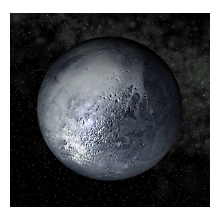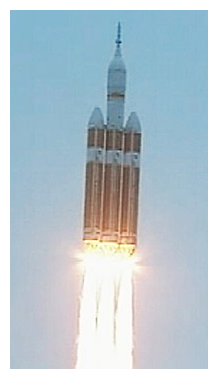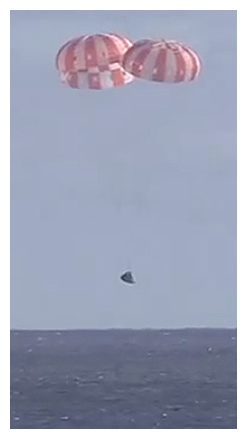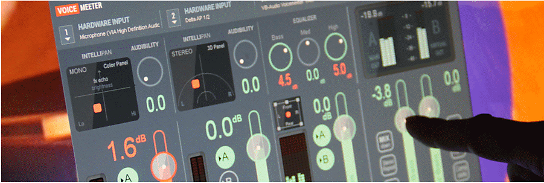New Horizons Spacecraft Awakens To Begin Pluto Mission!
 We are almost ready to explore Pluto! How cool is that?
We are almost ready to explore Pluto! How cool is that?
NASA’s New Horizons Spacecraft Awakens To Begin Pluto Mission
i09 – By: George Dvorsky – “At 3:00 PM ET on Saturday, a pre-set alarm clock roused New Horizons from its hibernation mode. Owing to the extreme distance, NASA received confirmation at 9:30 PM ET, some 6.5 hours later.
New Horizons will make its closest approach to Pluto on July 14, 2015. The probe will not be stationed in orbit around the dwarf planet. Mission planners say there are two reasons for this:
The first is an engineering reason. To get to Pluto (which is 5 billion kilometers or 3 billion miles from Earth) in just 9.5 years, as New Horizons will, the spacecraft must travel very, very quickly. As a result, New Horizons will speed by Pluto at a velocity of about 43,000 kilometers per hour (27,000 miles per hour). To get into orbit, operators would have to reduce that speed by over 90%, which would require more than 1,000 times the fuel that New Horizons can carry.
The second reason is scientific: If we did stop to go into orbit, we wouldn’t be able to go on to explore the Kuiper Belt!
The $700 million mission has the following objectives:
- Map the surface composition of Pluto and Charon
- Characterize geology and morphology (“the look”) of Pluto and Charon
- Characterize the neutral atmosphere of Pluto and its escape rate
- Search for an atmosphere around Charon
- Map surface temperatures on Pluto and Charon
- Search for rings and additional satellites around Pluto
- Conduct similar investigations of one or more Kuiper Belt Objects
The New Horizons spacecraft is roughly 8 feet (2.5 meters) across and weighs about 1,050 pounds (480 kilograms) — about half a ton. It’s about the size and shape of a baby grand piano.It carries seven scientific instruments:
Alice: An ultraviolet spectrometer used for measuring gas composition
Ralph: An infrared spectrometer (LEISA) for mapping surface composition and a color optical imager (MVIC) for mapping surface structure and composition
REX: A radio experiment for measuring atmospheric composition and temperature
LORRI: An optical telescope that provides the highest resolution imaging of the surface
PEPSSI: A plasma-sensing instrument for measuring particles escaping from Pluto’s atmosphere
SWAP A plasma-sensing instrument for measuring the properties of the solar wind at Pluto, Pluto’s atmospheric escape rate, and for searching for a magnetosphere around Pluto. The “solar wind” is a stream of charged particles streaming away from the Sun at high speed.
SDC: An instrument used to measure dust impacts at the New Horizons spacecraft during its entire trajectory
What an amazing time for space exploration! Just a few weeks ago we were bouncing probes off a comet, and now, in addition to New Horizons, we can expect Dawn to arrive at Ceres.”
 The this week the United States launched a new rocket called the Orion. This officially gets the United States back into the space business, at least as a government-based industry. There have been private space industry companies such as SpaceX that have been launching rockets and spacecraft since the American program was shut down. But now, we are back with a vengeance!
The this week the United States launched a new rocket called the Orion. This officially gets the United States back into the space business, at least as a government-based industry. There have been private space industry companies such as SpaceX that have been launching rockets and spacecraft since the American program was shut down. But now, we are back with a vengeance! I can remember when I was much younger, we followed space and space exploration very closely… there was a lot of public interest, now it has dwindled, and the media, at least, are not interested.
I can remember when I was much younger, we followed space and space exploration very closely… there was a lot of public interest, now it has dwindled, and the media, at least, are not interested.





 The West Side Story – By: Clinton Hesler – “Cyber Monday deals are here, and deals can be found almost at every retail location. Sprint, AT&T, Verizon are offering the Samsung Galaxy S5 for $1.oo on Amazon.com. Not every day a deal like this shows up, so interested parties should jump onboard before stock runs out.
The West Side Story – By: Clinton Hesler – “Cyber Monday deals are here, and deals can be found almost at every retail location. Sprint, AT&T, Verizon are offering the Samsung Galaxy S5 for $1.oo on Amazon.com. Not every day a deal like this shows up, so interested parties should jump onboard before stock runs out.